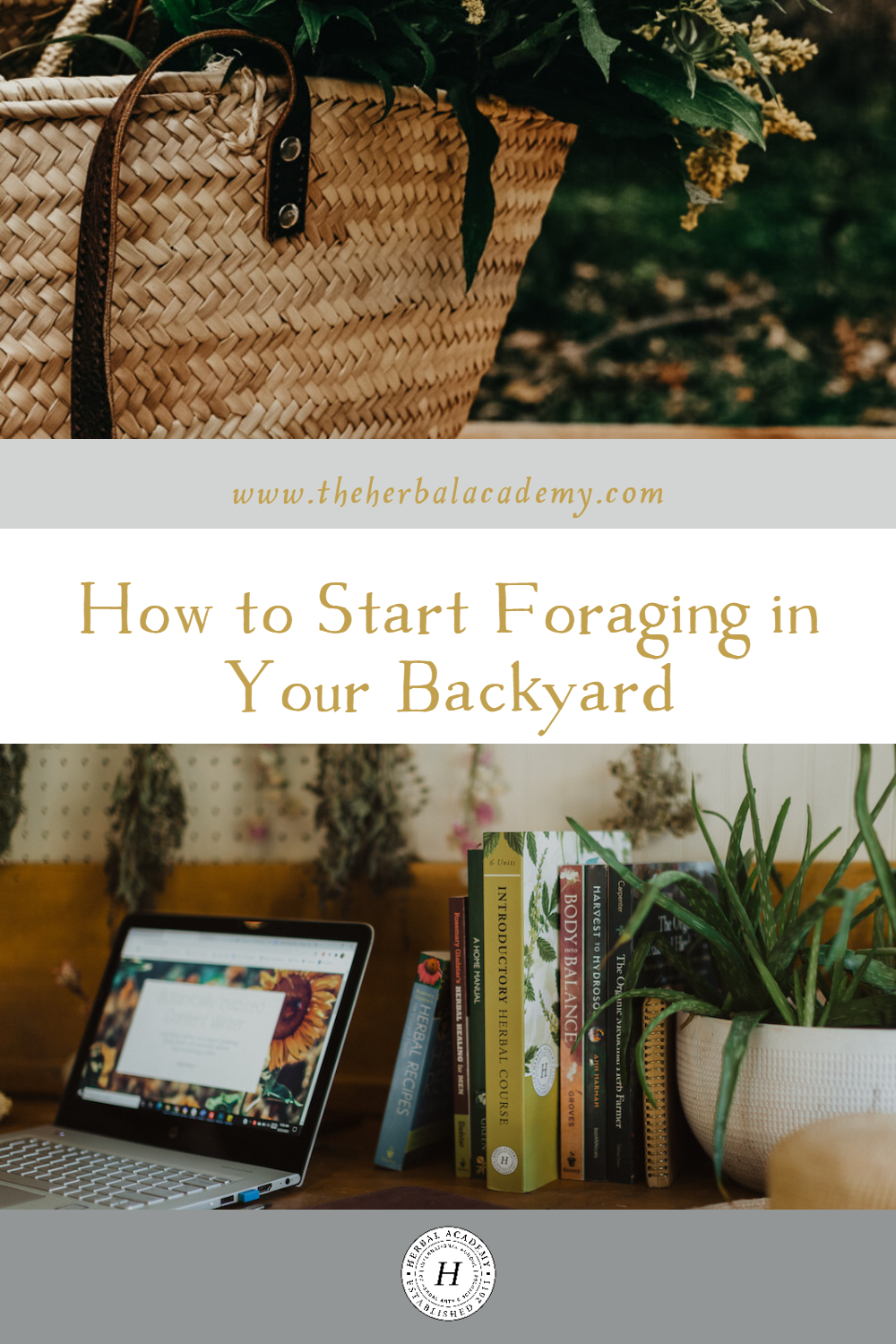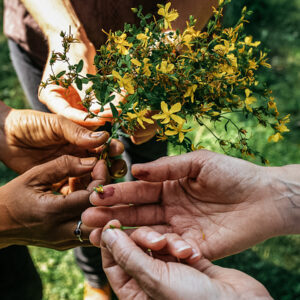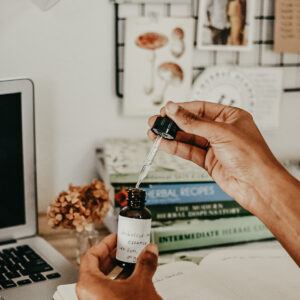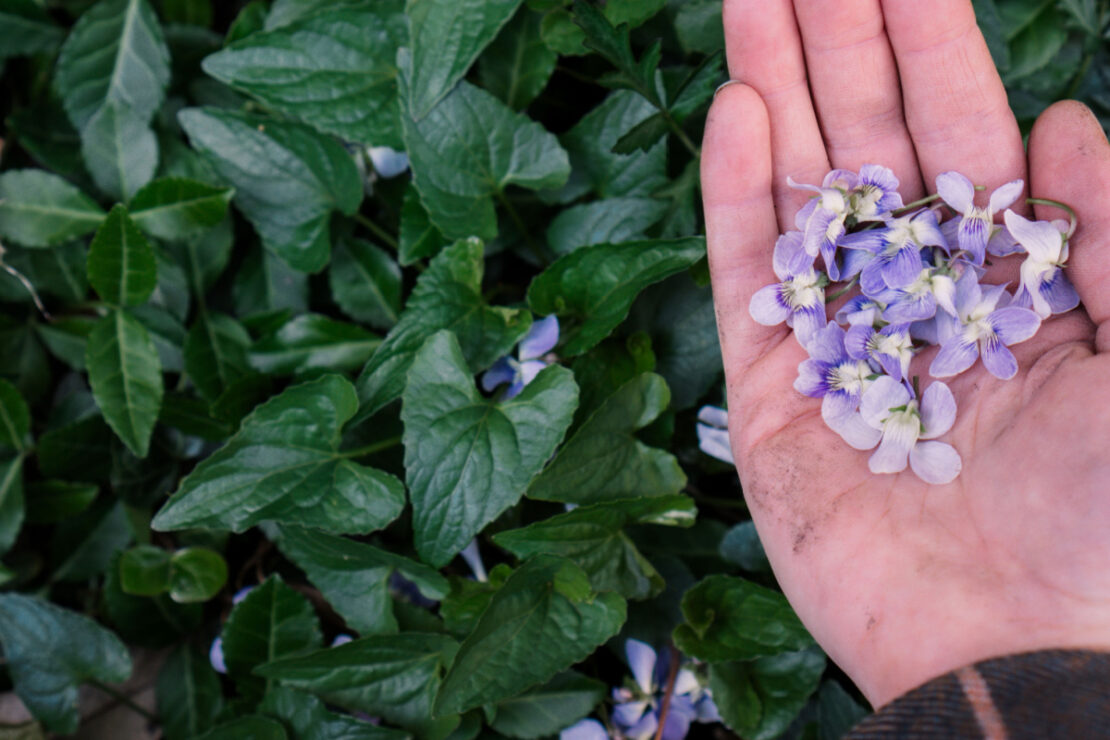
How to Start Foraging in Your Backyard
Many people are interested in learning about edible wild plants, and a natural extension of this is to start foraging and explore what may be growing close to home. One of the best ways to begin foraging in your backyard is to find an herbalist or forager who offers local plant walks. Having in-person instruction can be incredibly valuable—you’ll be able to take pictures and notes as you go and build up a personal field guide over the course of several walks.
That may not be possible for everyone, but don’t worry; you can still teach yourself little by little with a good field guide and some input from your local county extension office.
Start Foraging In Your Backyard
Here is a roundup of ways to help you start foraging in your backyard.

Take an Online Herbal Foraging Course
One way to learn about the plants in your backyard is by taking Herbal Academy’s Foraging Course! Whether you’re an absolute beginner or even an experienced forager, there’s something for everyone in this course. You will learn about commonly foraged edibles and wild herbs with 24 in-depth plant monographs, 48 recipes, and guided videos. Some of the herbs include fall favorites like burdock (Arctium lappa), yellow dock (Rumex crispus), and rose (Rosa spp.) hips; springtime beauties like nettle (Urtica dioica), violet (Viola spp.), and chickweed (Stellaria media); and midsummer gems like mugwort (Artemisia vulgaris), mimosa (Albizia julibrissin), and yarrow (Achillea millefolium).
A Guide to Winter Foraging
It’s easy to assume that winter foraging isn’t possible—that everything dies back and that nothing is available to harvest in the winter. However, that is far from the truth! Not only is winter foraging achievable, it’s beautifully enjoyable! Herbs you can forage in the winter include pine (Pinus spp.) needles, rose (Rosa spp.) hips, chicory (Cichorium intybus) root, dandelion (Taraxacum officinale) root, and more. Learn more about identifying and harvesting winter herbs in our winter foraging guide.
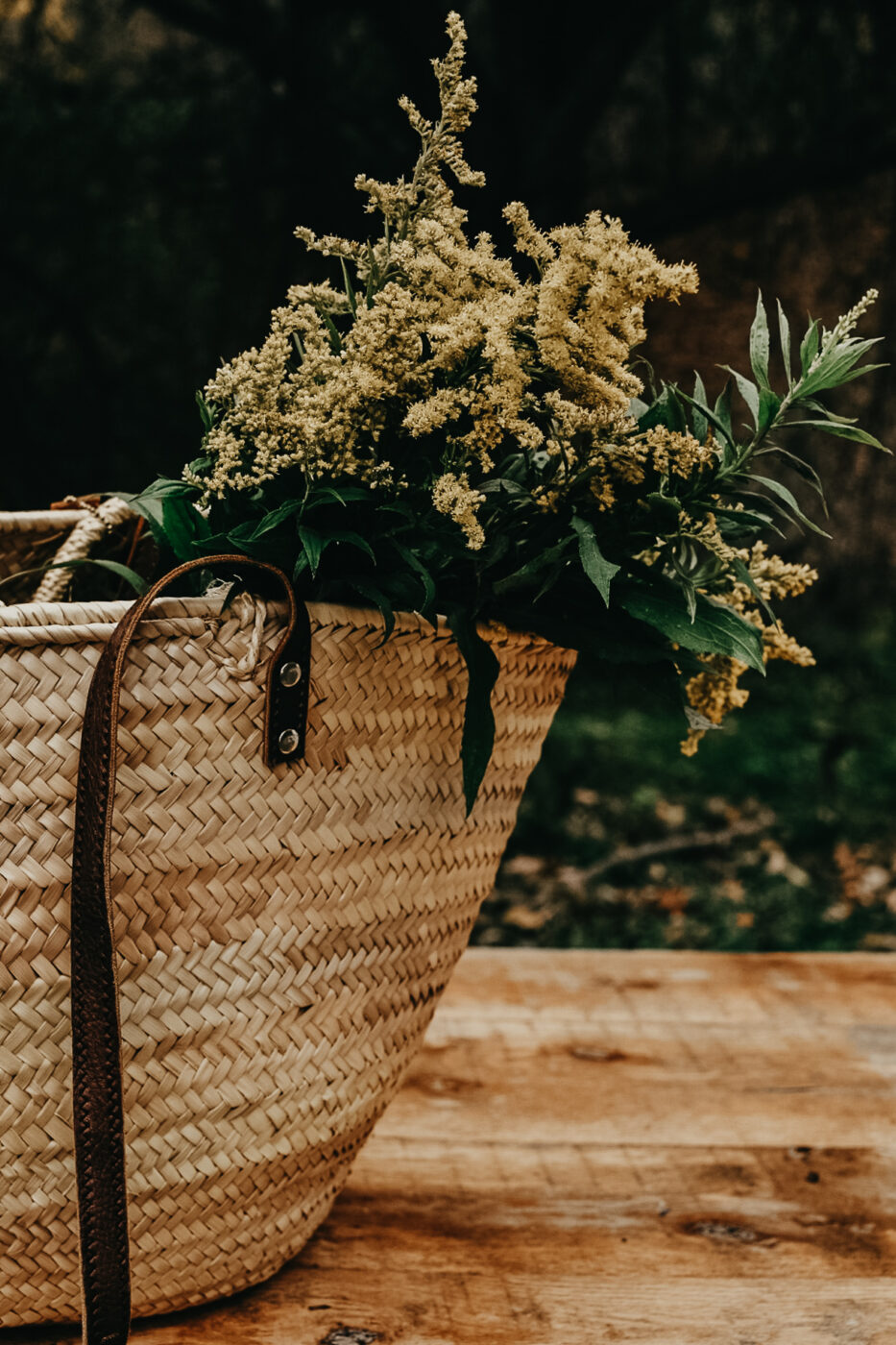
Foraging Goldenrod
Goldenrod (Solidago spp.) has bright yellow flowers and can be harvested in the summer and fall seasons. It is often believed to be to blame for hay fever, however, the real cause for hay fever is ragweed (Ambrosia artemisiifolia), goldenrod’s similar look alike. Unlike ragweed, goldenrod’s pollen is not airborne and is instead pollinated by bees and other insects. Learn three tips for foraging goldenrod here.
Foraging Guidebooks
Trustworthy plant identification guides such as those found in this post are an essential resource for anyone introducing themselves to the plant world, regardless of their level of foraging, cooking, or wildcrafting experience. A few primary methods are presented in the guides recommended in this article: basic methods for plant identification, more detailed plant profiles targeted at herbalism, and comprehensive monographs to peruse while on the go.
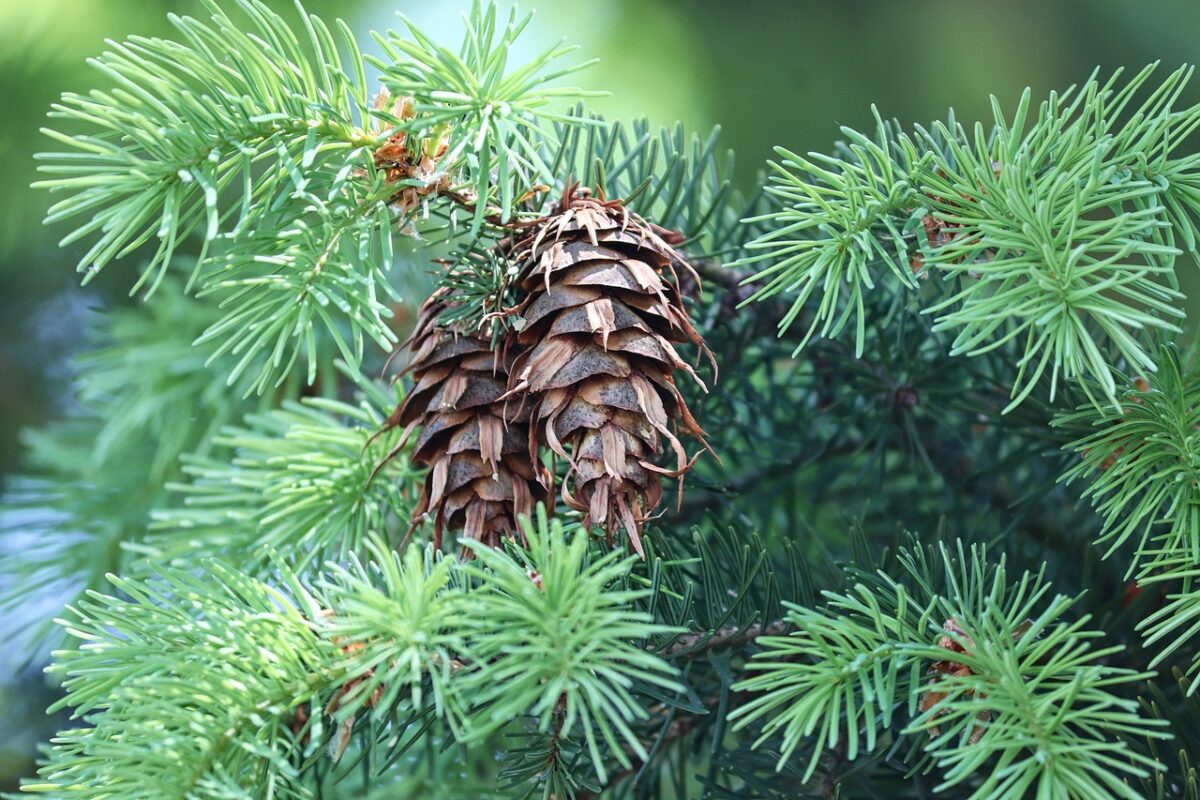
Foraging Evergreens
It can be difficult to try to identify evergreen trees correctly. Because their leaves, or needles, remain “green forever,” you can count on evergreens to remain vibrant throughout the seasons, regardless of the outside weather. Before wildharvesting, it’s crucial to accurately identify the tree that you intend to use for herbalism. Many evergreen trees have similar appearances, and some are toxic. With a little help from our article on harvesting and using evergreens, you’ll be able to use this winter plant with confidence.
In Closing,
Our plant allies offer us powerful gifts. They can support us in body care and skin care recipes, and during times of illness, stress, and anxiety. Once you get familiar with the plants around you, you will find there are herbal allies in your backyard that are just waiting to be discovered.
